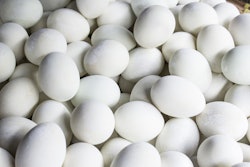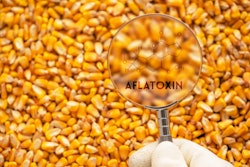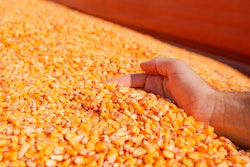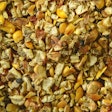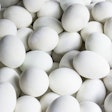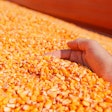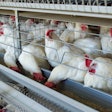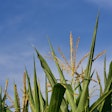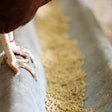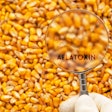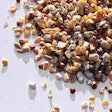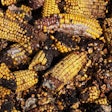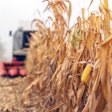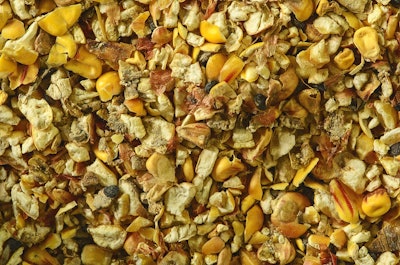
The 2025 World Mycotoxin Survey from DSM-Firmenich has uncovered a worrying escalation in both the prevalence and co-contamination of mycotoxins in animal feed globally. The comprehensive assessment, covering January to September 2025, analyzed 19,051 samples across 85+ countries, delivering critical insights into contamination levels and regional risk profiles.
Regional risk mapping reveals concerning patterns
North American livestock producers face severe challenges with 84% total mycotoxin risk, including high occurrence rates for deoxynivalenol (73%) and zearalenone (79%). In Central America, zearalenone contamination reached 94% occurrence, while South Asian samples showed aflatoxins in 85% of analyses.
The survey documented particularly troubling levels in East Asia, where fumonisins dominated with 97% occurrence. European feed safety faces regional variations, with deoxynivalenol prevalent in Central Europe (76%) and Southern Europe confronting significant threats from aflatoxins (44%) and zearalenone (60%).
Multiple mycotoxin threat intensifies
Perhaps most concerning for feed manufacturers and livestock producers is the finding that 82% of all samples contained more than one mycotoxin, significantly complicating risk management strategies.
"The 2025 results reveal a worrying escalation in both mycotoxin prevalence and co-contamination worldwide," said Ursula Hofstetter, head of mycotoxin risk management at DSM-Firmenich. "With over 80% of samples containing multiple toxins, the risks to animal health, productivity, and welfare are intensifying."
The survey employed advanced analytical methods, including LC-MS/MS and Spectrum Top 50, setting new standards in mycotoxin detection and risk assessment for the feed industry.


